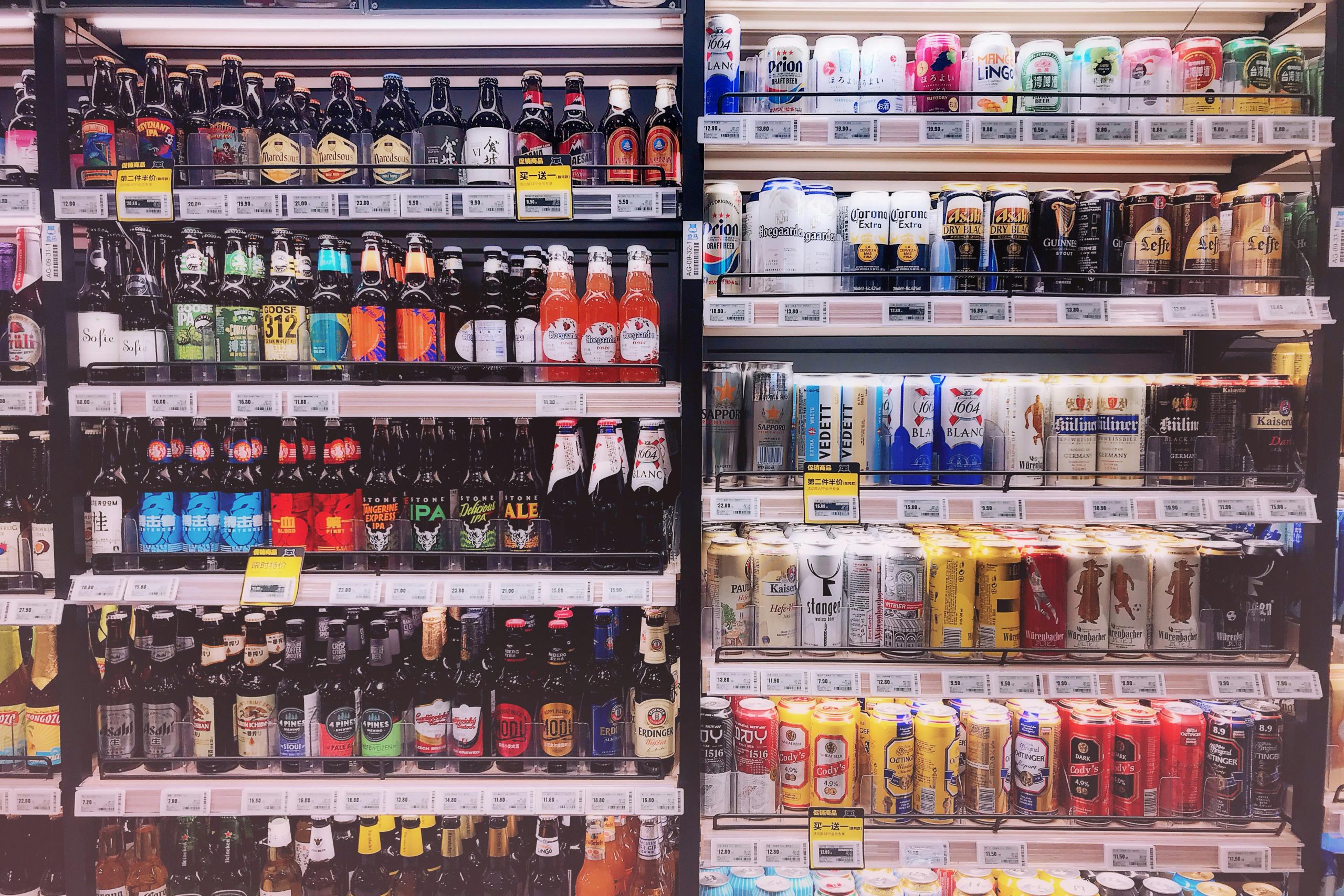Your cart is currently empty!

Steven Coulson
Steven has been drinking beers, wines and spirits for decades and has a propensity to go about them at length after a few drinks.
Latest Posts
- Dissecting The Beer Menu – An Irish Pub & Layered Brews

- Has anyone else noticed that every “limited release” somehow stays on shelves for months?

- Dissecting The Beer Menu – An Irish Pub & Layered Brews

- Headed to Asheville – looking for top breweries to get German style in cans / bottles

- Does anyone else feel guilty drinking beer alone because it’s supposed to be a social experience?

Categories
Tags
Social Links

The Illusion of Limited Releases: A Deep Dive into Craft Beer Marketing
It seems that the craft beer market is rife with a curious contradiction: the so-called “limited releases” that linger on store shelves long after their initial debut. Recently, I visited my local bottle shop and was surprised to see a barrel-aged stout labeled as “extremely limited,” yet it had been sitting there since October, unchanged and unwanted.
Despite its tagline declaring that only 500 cases had been produced, the reality was clear—this beer, like many others, didn’t offer anything notably different from countless other bourbon barrel stouts on the market. At a price point of $25, it’s no wonder that consumers are hesitant.
Rewind a few years, and we remember how eagerly enthusiasts would line up outside Binny’s for highly coveted brews like KBS or BCBS. Fast forward to today, and those vintage 2020 BCBS bottles seem to be as ubiquitous as a six-pack of High Life. It’s disheartening to witness an oversaturation of what’s marketed as “limited” stock, with many beers remaining on shelves long past their suggested consumption dates.
The practice of creating artificial scarcity in the craft beer industry has become somewhat embarrassing. Too often, we find ourselves paying premium prices for brews that are anything but rare. The disconnect between marketing and actual availability raises questions about authenticity and the true value of these products.
Craft breweries need to reconsider their approach: either genuinely offer rare, hard-to-find selections or stop pretending that every barrel-aged concoction is a hidden gem. A shift away from this marketing tactic could foster genuine excitement and appreciation for the craft beer community, leading to a more authentic consumer experience.
